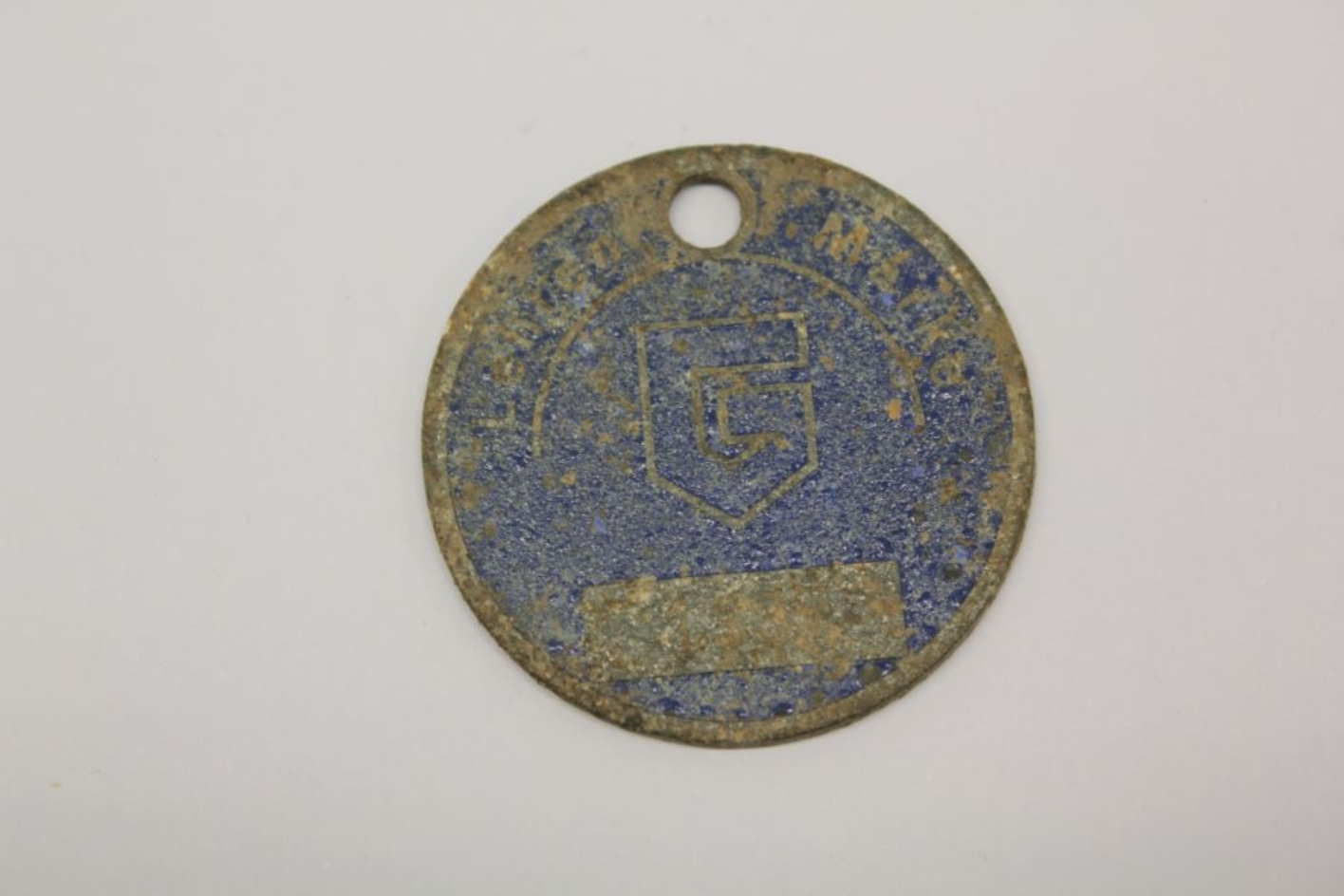


One hundred meters in front of the entrance to the camp, along the "Blood Road," inmates were forced to build a provisional armament factory in less than a year in 1942/43. It had 13 production halls, which were rented by the SS to the Weimar-based company Wilhelm-Gustloff-NS-Industriestiftung. Over 3,000 inmates, largely Russians, French, and Poles, worked here day and night in mid 1944 in eleven-hour shifts. Supervised by German foremen, they assembled rifles, produced artillery components, and constructed fine mechanics for rockets. However, the output of operational weapons never met the ambitious expectations of the SS and the company directors.
Above the factory were barracks for the civilian workers hired as foremen.
The factory was almost completely destroyed by an attack of Allied bombers on August 24, 1944. Among the inmates, who were forced to remain in the factory during the bombardment, there were 315 mortalities and 525 severely injured. Afterwards it was only possible to partially resume production. After 1945 the complex was no longer in use. Today it is not accessible.

